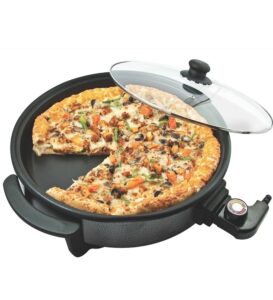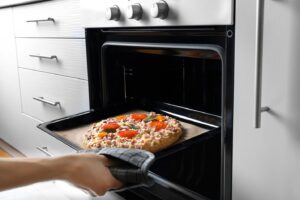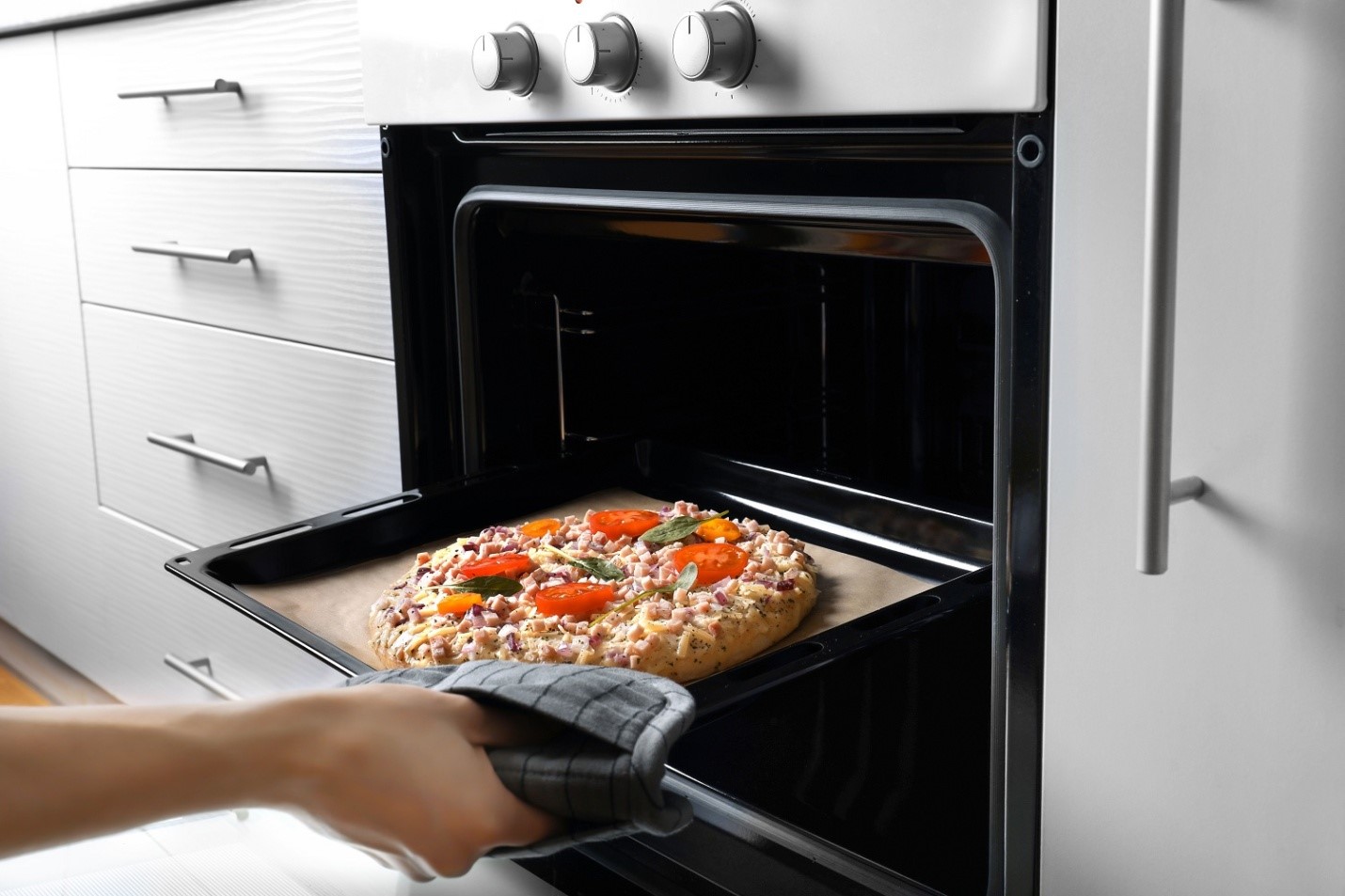If you enjoy pizza, you should be familiar that the crust comes in a variety of shapes and sizes, ranging from thick to thin, crispy to doughy, and other variations. People have choices about pizza crust. Other people prefer thick crusts, while others prefer thin crusts, and some even like crispy pizza crusts. You must be knowing that different pizzas require different pans; we’ll go through pizza pans and pizza screens in this section. Both of them have distinct characteristics.
Due to the obvious flexibility and creativity offered with toppings, and also the convenience it provides restaurant patrons, pizza is a go-to for eateries all across the country!
It’s all about having the correct baking tools for the perfect pizza — not all pizza ovens are created equal! To bake pizzas properly, various types of pizzas and crust differ according to the type of pans. Use the right tool to make homemade pizza to another level, and learn if a pizza pan or a pizza screen is superior. Based on the surface style, a pizza pan can easily be distinguished from a screen. This is because pizza pans are available in several surface designs. Pans come in a variety of sizes and shapes.
Table of Contents
Pizza Pan
On the base of surface style, a pizza pan could easily be distinguished from a screen. This is because pizza pans have a variety of surface designs, such as perforated, solid, and ultra perforated. In the marketplace, there are many different types of pizza pans to choose from. A pizza pan is a large pan that is primarily created to be used in a traditional oven to bake pizza. It’s critical to use the correct type of pizza pan, but it is far more critical to obtain one with the proper thickness. The pizza will take longer to warm up if you use a thick pan.

These could be any form, though circular is the most prevalent, and fashioned from a range of materials and designs to enable the creation of a variety of pizzas. Certain pans have flat sides, whereas others have curved edges, and some have straight sides and a flat bottom to make deep dish pizzas easier. Pizza pans come in a variety of shapes and sizes and can be used to make a variety of pizzas. Depending on the pizza maker’s taste, round and rectangular pans can be utilized to make various shapes.
Type of Pizza Pans
Deep Dish Pizza Pans: Because of their high heavy metal side panels, deep-dish pizza pans stand out from normal pizza pans. Deep dishpans are available in two shapes: round and square. Aluminum, nonstick, and tin-plated stainless steel are also offered. Deep dish pizza pans can also be used in any industrial oven to prepare pizza.
Smooth pizza pans: These are famed for their ability to produce thick, bready crusts. This is because they don’t have any holes or textures that allow the pizzas to bake slowly. Before putting the pizza on such a pan, it must be oiled.
Pizza pans with perforations: The holed pizza pans, as the name implies, have holes in the bottom. This permits air to enter the pizza crust’s bottom layer. They’re recognized for making crispy pizza crusts by baking them faster.
Pizza Pans with a Solid Base: These are perhaps the most frequent form of pizza pan since they contain no holes or nibs. As a result, the temperature will take longer to travel through the solid pan, resulting in a doughy crust.
Pizza Pans with Nibs: The surface of a pizza pan with nibs is covered in little bumps. This improves the airflow beneath the crust as a whole. In addition to speeding up the baking time for pizza dough, a nibbed pizza pan makes the crust crispy texture than a solid pan.
Pizza Screen
Pizza screens are one of the instruments used by professional restaurant workers to achieve a flawlessly cooked pie. Pizza screens are perforated metal discs that mimic screens and come in a variety of sizes. The pores in the pizza screen allow moisture to escape, resulting in a crispy crust that is uniformly cooked. The pizza screen is created to cook your pizza to precision, whether you’re using a frozen pizza or preparing your own from hand.

In place of pizza stones, pizza screens can be utilized. They are often made of thin metal and are therefore easy to store. These pizza pans are circular and have a diameter ranging from six to twenty-eight inches.
The mesh architecture of the pizza screens is essential for baking crispy pizza crusts, while the aluminum is designed for even heat distribution. The mesh is made up of microscopic openings that allow air to travel freely towards the pizza crust. The microscopic holes also allow heat to flow through the pizza dough, speeding up the cooking process. Pizza screens are ideal for use in conveyors and microwave ovens. Grab a pizza screen if you enjoy crispy crusts.
When a pizza is prepared on a stone, a pizza screen could also be used to prevent the bottom crust from scorching or overcooking. This is accomplished by slipping a pizza screen under the pizza near the conclusion of the baking process. It’s also feasible to start the pizza on a screen and then transfer it to the stone once the crust has firmed up. Many professional pizza chefs with deck ovens employ one or both of these techniques. Pizza screens can also be used as cooling racks to retain the baked pizza raised while it cools.
Final Verdict: Two very different pizza pans and pizza screens have their own set of benefits. If you like a chewy, thick pizza crust, a coupe pizza pan is ideal, but if you prefer a crispy crust, a pizza screen is preferable. The option you choose is mostly determined by your crust preferences. As a result, that which makes your preferred crust is best for you.
